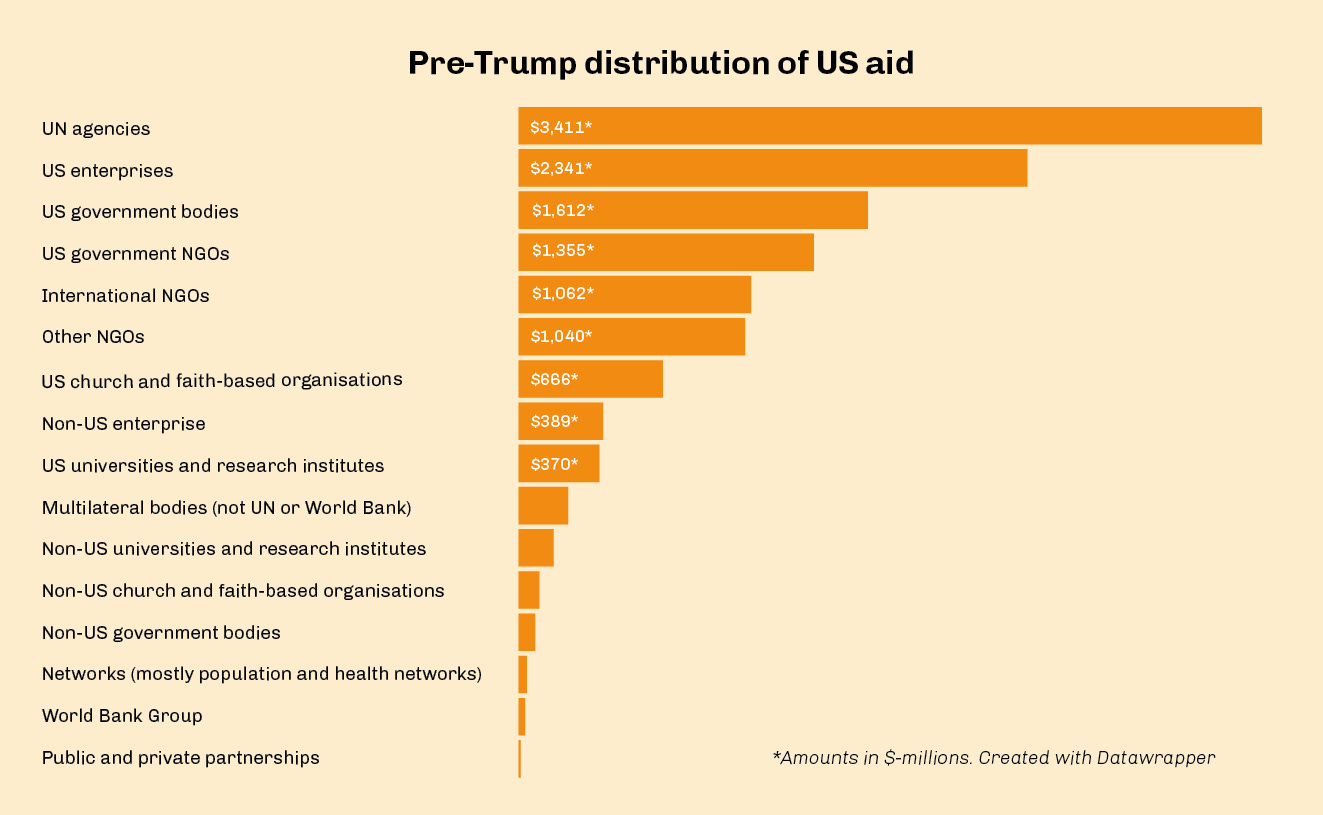A more orderly aid exit, but an exit all the same
America has a new plan to pull back from global health funding, but it still wants out.

Over the next 18 months, the United States will overhaul its role in global health. A new state department policy, published on Friday, outlines a slower, more orderly pullback than this year’s abrupt closure of USAid.
The quick summary is that the US will shift from open-ended, multilateral mechanisms to time-limited, bilateral agreements.
US Secretary of State Marco Rubio also wants to cut out international NGOs, which often act as intermediaries between American funding and local organisations – saying they failed to transition their work to local governments because of “perverse incentives that encourage NGOs to self-perpetuate”.
Catherine Kyobutungi, the executive director of the African Population and Health Research Centre, told The Continent: “Generally, they are saying all the right things about integration, data systems, co-financing, cutting out the implementing partners, et cetera. I hope they pull it off.”
Speaking to Health Policy Watch, Dr Jirair Ratevosian, who was the US global Aids co-ordinator under former president Barack Obama, applauded the policy for not disrupting front-line care, like HIV drugs and mosquito nets, while pursuing “integration at last”.
The Trump administration also said it would purchase lenacapavir for two million people in high HIV-burden countries. In clinical trials, the twice-yearly injection prevented HIV infection in 99% of people.
Still, the new policy is largely an exit strategy. The US expects local government and faith-based hospitals to absorb the healthcare it has been funding. Grantee countries will have co-financing targets beginning in 2027, with an end goal of being fully self-financing.
“It’s pragmatic, performance-oriented – and a bit ruthless,” said Ratevosian.



